
A Subject of Unique Interest: Mary Freeman Heuston Lewis and William Dean Howells

Glimpses of Their Lives: Slavery and Emancipation at the Colonel John Ashley House
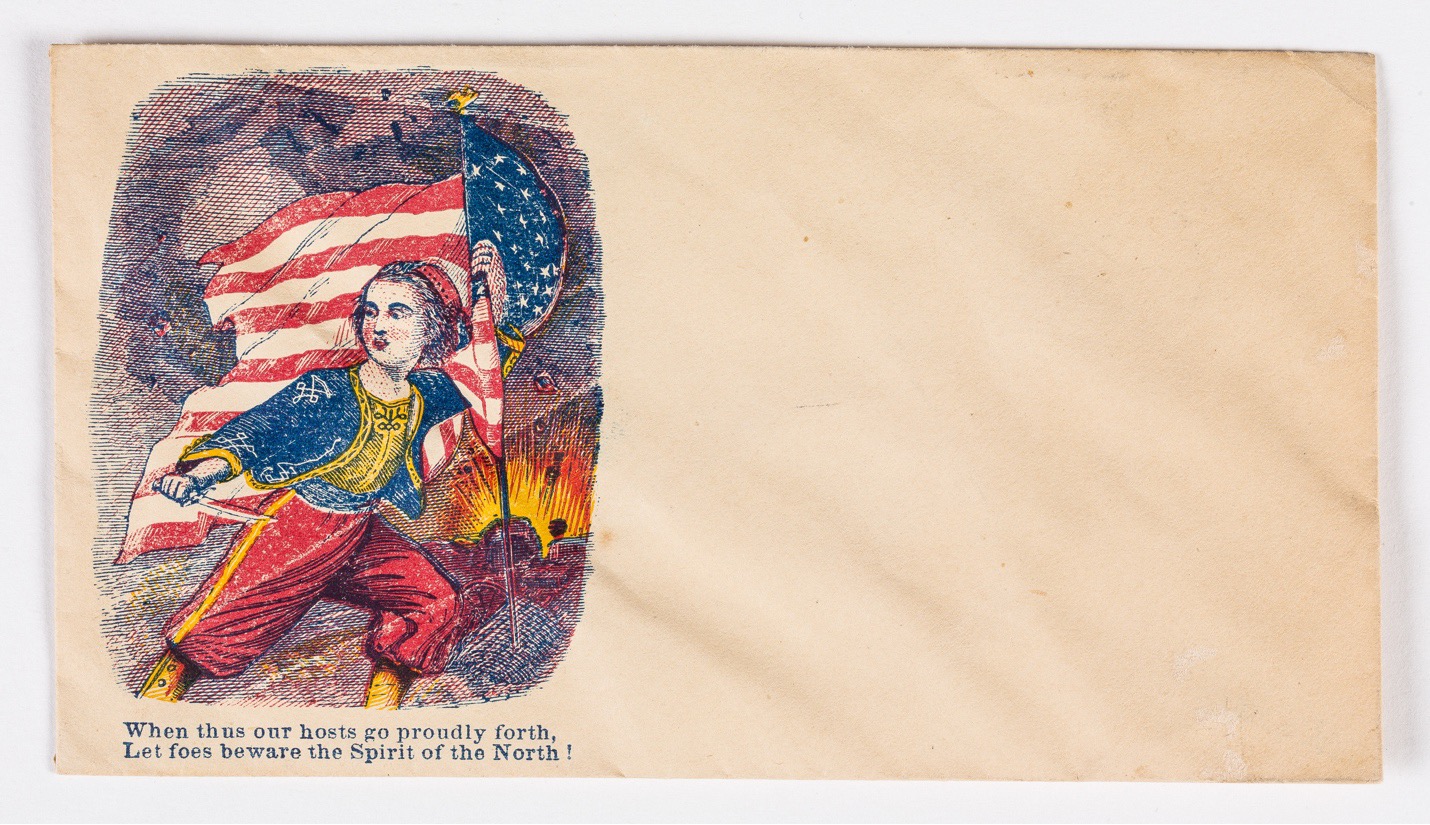
Underage Enlistment in the United States and the Confederacy

Levi Lincoln’s Wayward Son – Daniel Waldo Lincoln

Reflections on the Relation between History and Literature: The Crucible and John and Elizabeth Proctor of Salem

A Minister’s Desk? Reanimating Space, Rethinking Furniture

Family, Liberty, and Vermont: The Allegiance of Ethan Allen in the Revolutionary Era

Players: Edwin Booth and the nineteenth-century American stage

The Lemmon Slave Case

The (Not So) Distant Kinship of Race, Family, and Law in the Struggle for Freedom
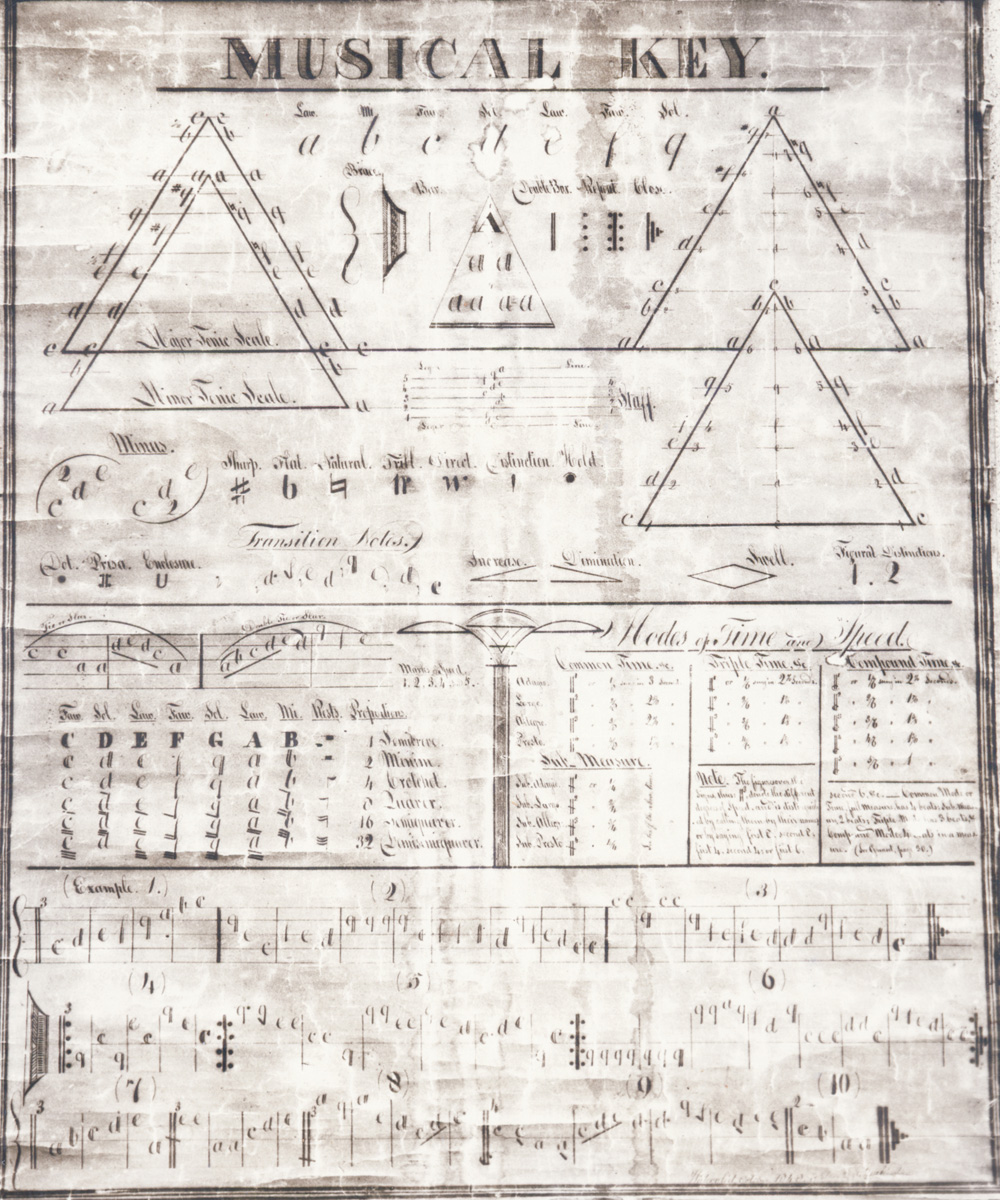
“Let’s mingle our feelings”: Gender and Collectivity in the Music of the Shaker West

The Sideboard Takes Center Stage

Civil Unions in the City on a Hill: The real legacy of “Boston Judges”
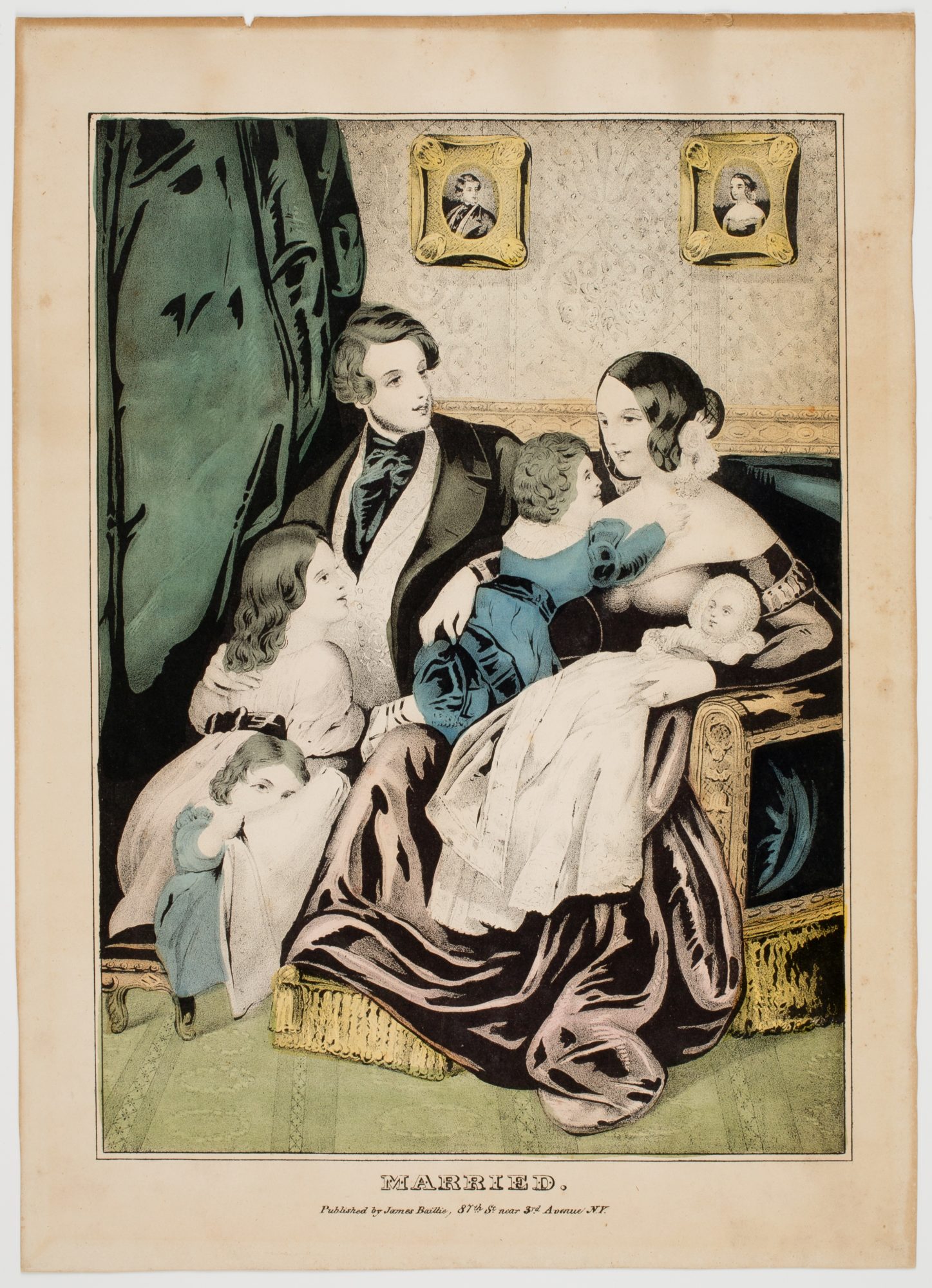
Parenting for the “Rough Places” in Antebellum America

There is No There There: Women and Intermarriage in the Southwestern Borderlands

Family Albums of War: Carte de Visite Collections in the Civil War Era
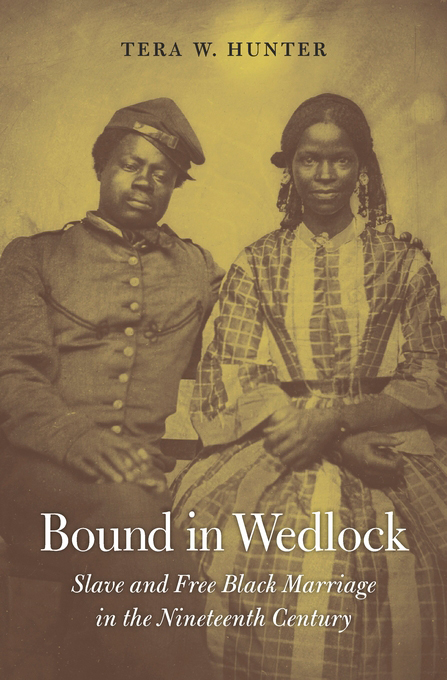
Marriage under Adversity

Presbyterians in Love

Searching for Love and Security across the Color Line

Eighteenth-Century Letter-Writing and Native American Community

Crafts of Memory

Legally Free, Unable to Live Freely
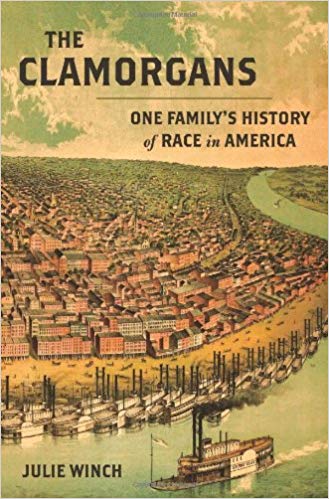
The Law Could Make You Rich

Suspension of (Dis)belief

The Fertility Revolution

A Life’s Work at Monticello: Thomas Jefferson, Enslaved Families, and a Historian

In Praise of Hearsay

Fires in the Hearth

Manufacturing Kin

“So Difficult to Instruct”: Re-envisioning Abraham and Tad Lincoln

Single Men in Early America
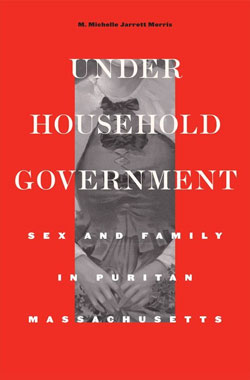
Under Household Government

A Man, A Family, A Discussion: Using Copley’s Art in the Classroom

The In-Laws

Cosmopolite’s Mount Sinai Domains

Sibling Rivalry in Early America

Open House

Enslaved Bodies, Enslaved Selves

Swift but Uncertain Justice

#RememberTheLadies: Teaching the Correspondence of John and Abigail Adams in the Age of Social Media

Sex and the Sources

Venturing Out
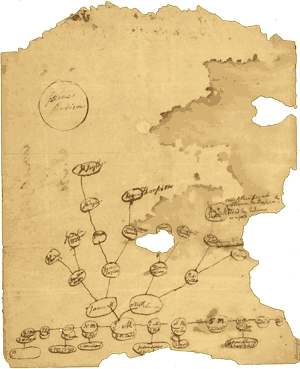
Genealogy and History
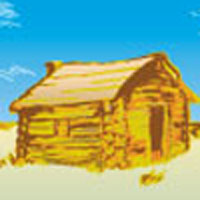
This Little House of Mine

Incest in the Archives
Creative Writing
Reviews

ABOUT
Welcome to Commonplace, a destination for exploring and exchanging ideas about early American history and culture. A bit less formal than a scholarly journal, a bit more scholarly than a popular magazine, Commonplace speaks—and listens—to scholars, museum curators, teachers, hobbyists, and just about anyone interested in American history before 1900. It is for all sorts of people to read about all sorts of things relating to early American life—from architecture to literature, from politics to parlor manners. It’s a place to find insightful analysis of early American history as it is discussed in scholarly literature, as it manifests on the evening news, as it is curated in museums, big and small; as it is performed in documentary and dramatic films and as it shows up in everyday life.
In addition to critical evaluations of books and websites (Reviews) and poetic research and fiction (Creative Writing), our articles explore material and visual culture (Objects); pedagogy, the writing of literary scholarship, and the historian’s craft (Teach); and diverse aspects of America’s past and its many peoples (Learn). For more great content, check out our other projects, (Just Teach One) and (Just Teach One African American Print).
How to cite Commonplace articles:
Author, “Title of Article,” Commonplace: the journal of early American life, date accessed, URL.
Sophie White, “Trading Looks Race, Religion and Dress in French America,” Commonplace: the journal of early American life, accessed September 30, 2019, https://commonplace.online/article/trading-looks-race-religion-dress-french-america/
Joshua R. Greenberg, editor
Read more about Commonplace
Contact Us
If you are looking for a specific Commonplace article from the back catalog and do not see it, or if have any other questions, please contact us directly. Please follow us on Twitter @Commonplacejrnl or Facebook @commonplacejournal and thank you for your support.


